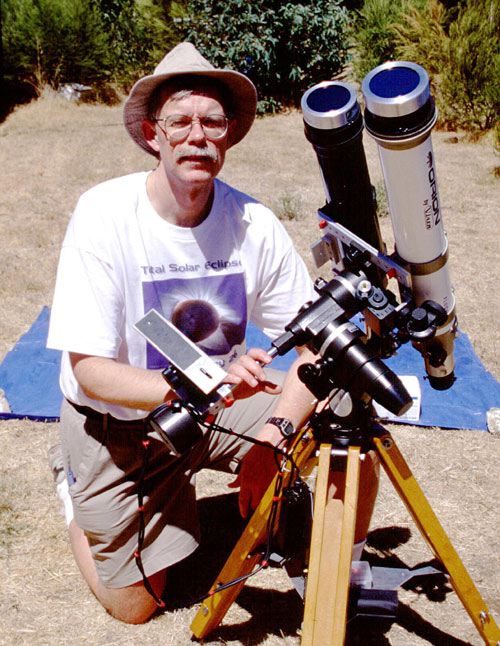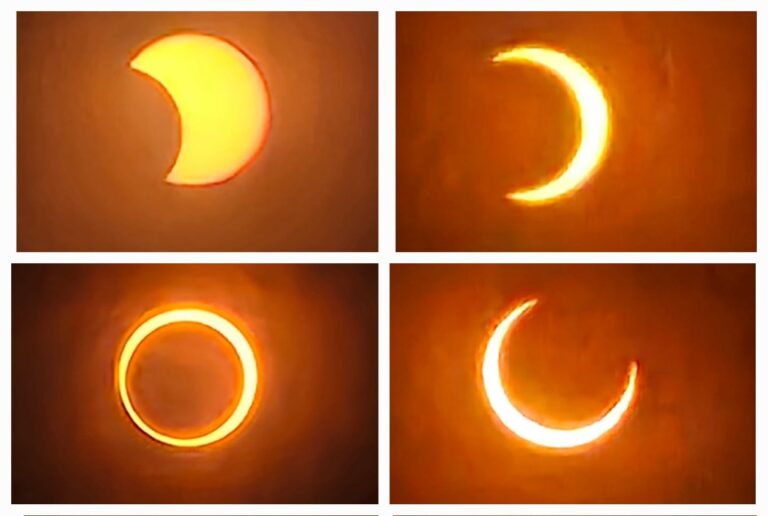
A ring of sunlight remains visible at the midpoint of an annular solar eclipse. Credit: Jatin S. Rathod.
Key Takeaways:
The 2023 “Ring of Fire” annular eclipse begins at 11:04 a.m. EDT today, Oct. 14.
Here’s how to see it in the sky and and links to view NASA’s livestreams of the event.
- The 2023 eclipse begins in the Pacific Ocean, crosses the west/southwestern U.S. from Oregon to Texas and continues through Mexico, Belize, Guatemala, Honduras, Nicaragua, Costa Rica, Panama, Colombia and Brazil.
- Find the sun but don’t look directly at the eclipse. Because the Moon doesn’t completely cover the Sun, you must use an approved solar filter (one that meets the ISO 12312–2 international safety standard) during the entire eclipse. This means over your eyes, your camera (including a phone camera), and your binoculars or telescope. NASA has some great tips here on how to see it if you don’t have approved solar filters.
- The “Ring of Fire” is an annular eclipse, which happens when the Sun, the Moon and the Earth line up. This is not a total eclipse but it’s still amazing. It’s called a “ring of fire” because the Moon does not appear to cover the entire Sun. The next total eclipse is April 8, 2024.
- Albuquerque and San Antonio are the two major American cities that are directly in the path of the eclipse. Weather permitting, several hundred million more people will be able to see it.
- Worth repeating: Don’t look directly at the eclipse.
- Here are the NASA livestreams to see the eclipse.
We’ve written a longer article on the eclipse here that covers all of the background and includes details on how to see it from places in North and South America.
Here’s Astronomy Magazine editor Dave Eicher expertly explaining the annular eclipse in less than 2 minutes:









